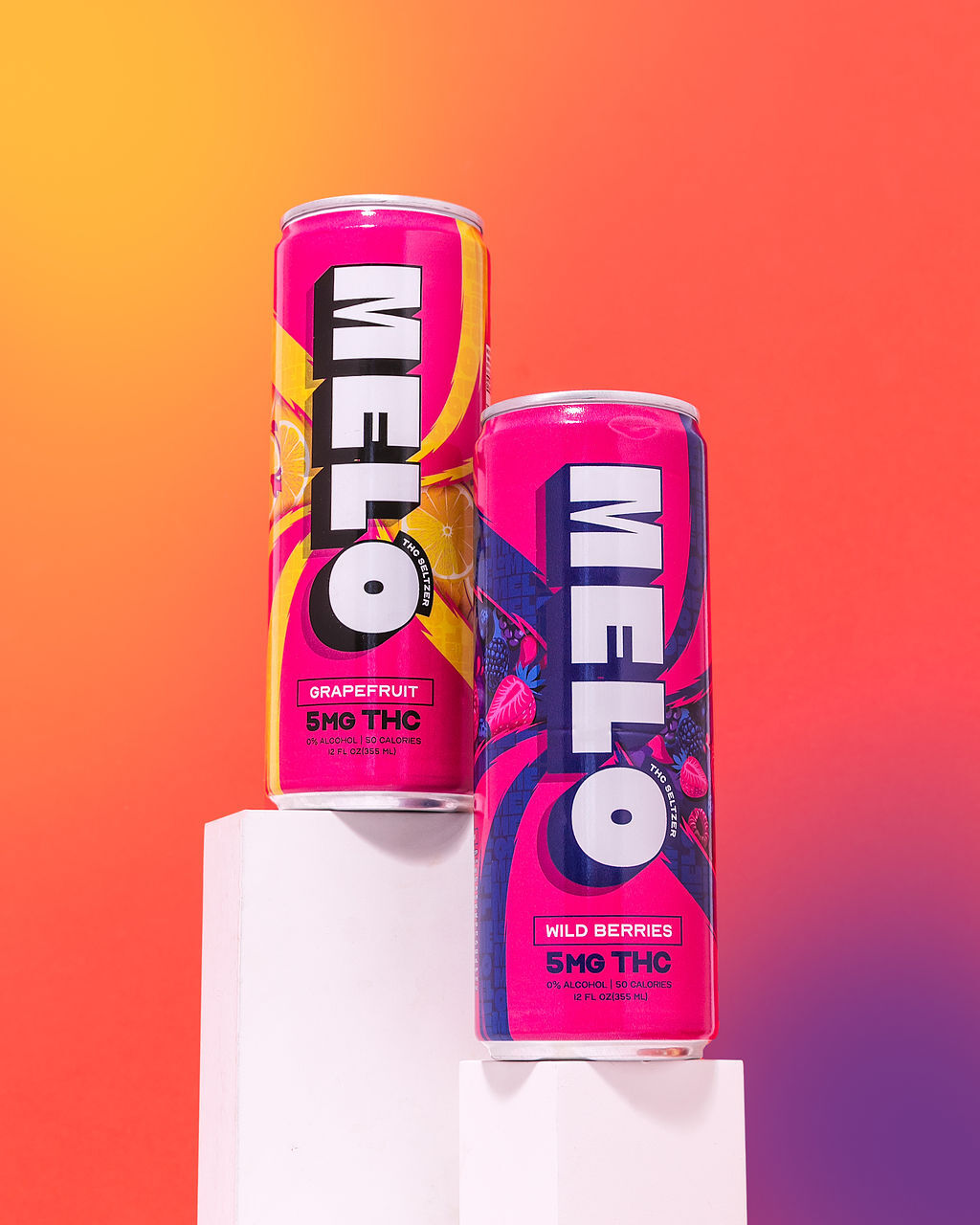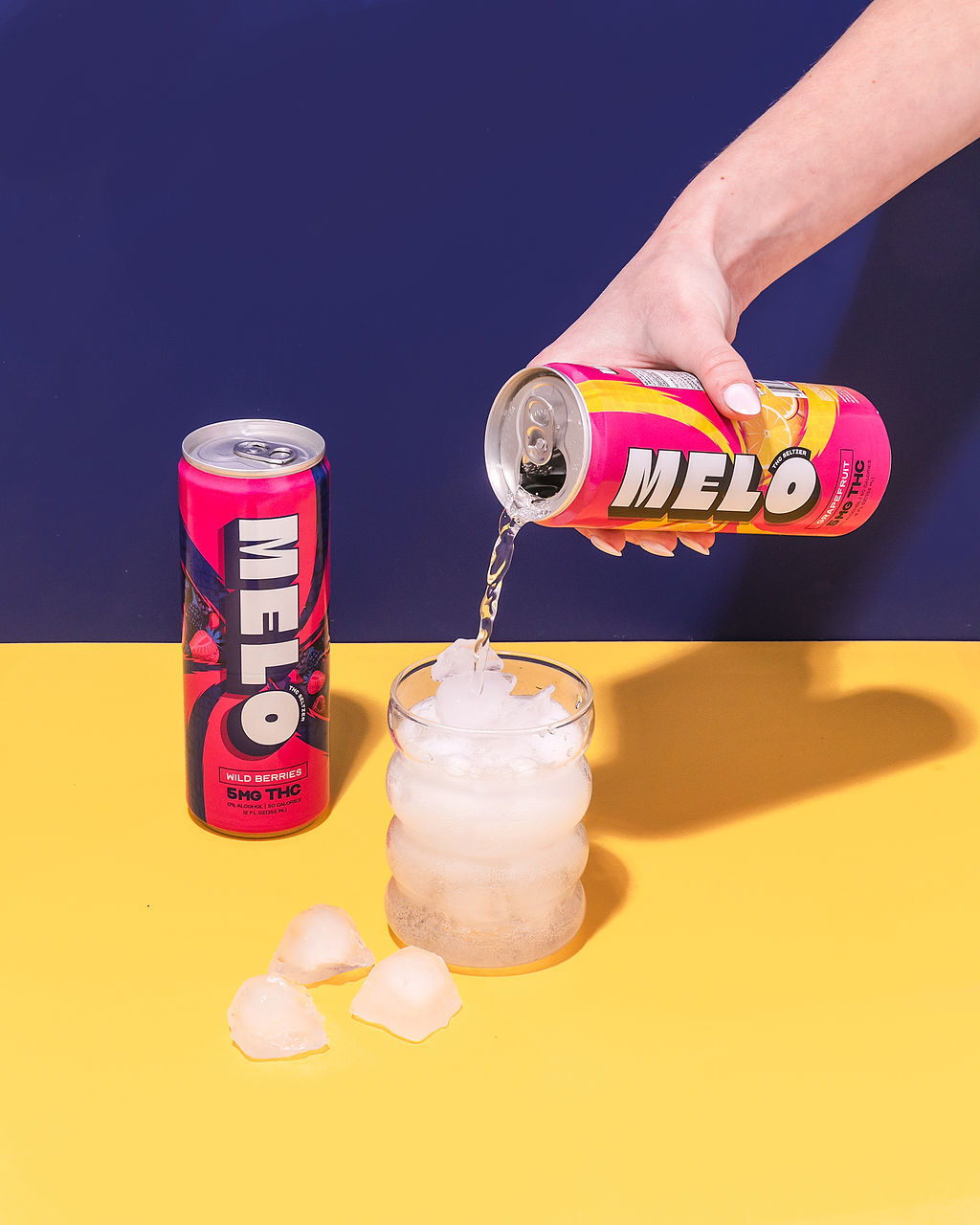Enhancing Absorption Rates
The consumption of cannabis products, particularly THC beverages, has surged in recent years. However, the bioavailability of THC in these drinks often presents a challenge, leading to slower and less predictable onset times compared to other methods of ingestion. This has prompted significant research into strategies for enhancing absorption rates, with nanotechnology emerging as a promising frontier.
Nanoparticle Formulations
Nanoparticle formulations have gained traction as a means to revolutionize THC beverage absorption. These tiny particles, measured in billionths of a meter, offer several advantages over traditional methods. Firstly, their small size allows them to bypass physiological barriers more efficiently, increasing the amount of THC that enters the bloodstream. Secondly, nanoparticles can be designed to encapsulate THC molecules, protecting them from degradation and enhancing their stability within the beverage. This targeted delivery system ensures a more consistent and predictable absorption profile, leading to a faster onset and longer-lasting effects compared to conventional THC beverages.
Lipid-Based Delivery Systems
Lipid-based delivery systems are another innovative approach to improving THC absorption in beverages. These systems leverage the inherent solubility of cannabinoids in lipids, allowing for higher concentrations and better dispersal within the drink. Liposomes, which are tiny spheres composed of phospholipid bilayers, have emerged as a particularly effective carrier for THC. Their ability to encapsulate both hydrophilic and hydrophobic molecules, such as THC, makes them versatile for formulating stable and bioavailable THC beverages.
Surface Modification Techniques
Surface modification techniques play a crucial role in optimizing the efficacy of nanoparticle delivery systems for THC. By altering the surface properties of nanoparticles, scientists can enhance their interactions with biological membranes, improve cellular uptake, and modulate their release profile within the body. Common surface modification strategies include coating nanoparticles with polyethylene glycol (PEG) to increase circulation time and reduce immune system recognition, or conjugating them with targeting ligands that bind specifically to receptors on target cells, such as those in the brain.
Furthermore, functionalizing nanoparticle surfaces with stimuli-responsive elements, like pH-sensitive polymers, allows for controlled drug release in response to specific physiological conditions. For example, nanoparticles designed to release THC at a lower pH environment found in the gastrointestinal tract can ensure localized and efficient absorption within this region. These advancements in surface modification hold significant potential for developing targeted and optimized THC delivery systems that enhance bioavailability and therapeutic efficacy.
Impact on Bioavailability and Effects
Understanding how to maximize THC bioavailability is crucial for optimizing the effects of cannabis beverages. Traditional methods often result in delayed onset times and inconsistent absorption, leading to a less satisfying user experience.
Increased Bloodstream Concentration

Increased bloodstream concentration of THC is a key factor in improving the bioavailability and effects of THC beverages. Nanotechnology offers several strategies to achieve this. By encapsulating THC molecules within nanoparticles or lipid-based delivery systems, a larger proportion of THC can bypass digestive barriers and enter the bloodstream directly. This results in a faster onset time and more predictable effects compared to traditional methods.
Faster Onset of Action
The use of nanotechnology has revolutionized the way THC is absorbed from beverages, significantly impacting both bioavailability and effects.
- Increased Bloodstream Concentration: Nanoparticles allow for a greater proportion of THC to bypass digestive barriers and enter the bloodstream directly. This leads to a faster onset time and more predictable effects compared to traditional methods.
- Enhanced Stability: Encapsulation within nanoparticles protects THC from degradation, ensuring its stability within the beverage and improving its overall bioavailability.
- Targeted Delivery: Surface modification techniques can be used to target THC delivery to specific cells or tissues, leading to more localized and effective therapeutic benefits.
Faster onset of action is a significant advantage offered by nanotechnology-based THC beverages. This is particularly important for patients seeking rapid relief from symptoms or recreational users who desire quicker effects.
Potential for Dosage Optimization
The use of nanotechnology in THC beverages has the potential to significantly impact both bioavailability and effects. By increasing the bloodstream concentration of THC, nanoparticles allow for a faster onset time and more predictable effects compared to traditional methods. Encapsulation within nanoparticles also protects THC from degradation, enhancing its stability and overall bioavailability.
Furthermore, targeted delivery systems, achieved through surface modification techniques, can deliver THC to specific cells or tissues, maximizing therapeutic benefits. These advancements open doors for dosage optimization, allowing for personalized dosing regimens based on individual needs and desired effects.
Regulatory Considerations
The increasing popularity of cannabis beverages has highlighted the need to enhance the bioavailability of THC in these products. Traditional methods often result in slow absorption rates, leading to unpredictable onset times and inconsistent effects. Nanotechnology offers innovative solutions to overcome these limitations by utilizing tiny particles to improve THC delivery and optimize its interaction with the body.
Safety Assessments
Regulatory considerations for nanotechnology-based THC beverages are multifaceted and complex. Given the novel nature of these products, existing regulations may not fully address the unique challenges posed by nanoparticles.
Safety assessments of nanomaterials are crucial to ensure consumer well-being. Toxicological studies are needed to evaluate the potential effects of nanoparticles on human health, considering their size, shape, surface properties, and route of exposure.
The impact of nanoparticles on the environment must also be thoroughly assessed. Their potential for accumulation in ecosystems and potential toxicity to organisms require careful consideration during product development and lifecycle management.
Regulatory agencies worldwide are actively working to establish guidelines and standards for nanomaterials, including those used in THC beverages. Collaboration between industry, researchers, and regulatory bodies is essential to develop comprehensive safety protocols that balance innovation with consumer protection.
Labeling Requirements

Labeling requirements for nanotechnology-based THC beverages present unique challenges. Consumers have the right to be informed about the ingredients and potential risks associated with these novel products. Clear and concise labeling must disclose the presence of nanoparticles, their size, composition, and potential environmental impacts.
Furthermore, labels should highlight any potential differences in absorption rates or effects compared to traditional THC beverages. This transparency empowers consumers to make informed decisions about their product choices.
Future Directions and Applications
The future of THC beverage consumption hinges on continued advancements in nanotechnology. Research efforts will likely focus on refining nanoparticle formulations for enhanced biocompatibility, targeted delivery, and controlled release profiles.
Exploring novel nanomaterials with improved properties, such as increased stability and reduced toxicity, will be crucial.
Additionally, the integration of personalized medicine approaches using nanotechnology could enable customized THC beverage formulations tailored to individual patient needs and therapeutic goals.
Targeted Drug Delivery
Future directions in targeted drug delivery for THC beverages will likely focus on enhancing biocompatibility, developing more precise targeting strategies, and improving controlled release profiles.
Research into novel nanomaterials with enhanced properties such as increased stability and reduced toxicity will be crucial.
Personalized medicine approaches utilizing nanotechnology could enable customized THC beverage formulations tailored to individual patient needs and therapeutic goals.
Personalized Medicine Approaches
The future of THC beverage consumption hinges on continued advancements in nanotechnology. Research efforts will likely focus on refining nanoparticle formulations for enhanced biocompatibility, targeted delivery, and controlled release profiles.
- Developing more precise targeting strategies to deliver THC specifically to desired tissues or organs will be crucial.
- Improving controlled release profiles to ensure sustained and predictable drug levels within the body will enhance therapeutic efficacy.
Exploring novel nanomaterials with improved properties, such as increased stability and reduced toxicity, will be crucial. Additionally, the integration of personalized medicine approaches using nanotechnology could enable customized THC beverage formulations tailored to individual patient needs and therapeutic goals.
Get cannabis-infused sparkling water with discreet shipping
- How To Incorporate CBD Gummy Edibles Into Your Wellness Routine - May 14, 2025
- The Role Of Nanotechnology In THC Beverage Absorption - May 14, 2025
- New Patient Treatment Near Surbiton, Surrey - May 13, 2025
